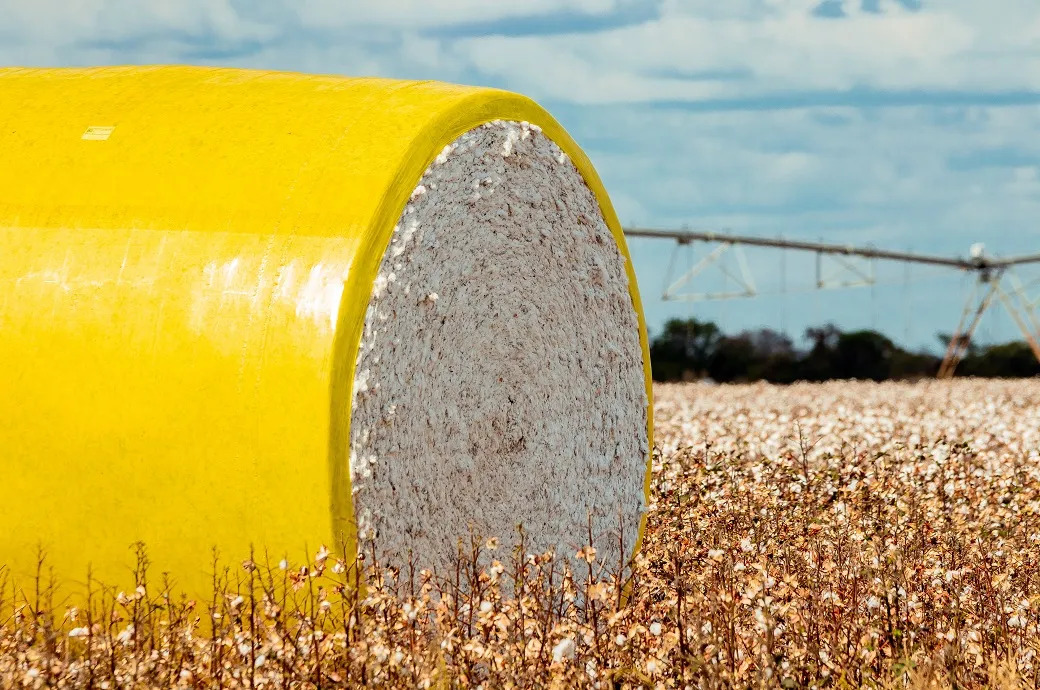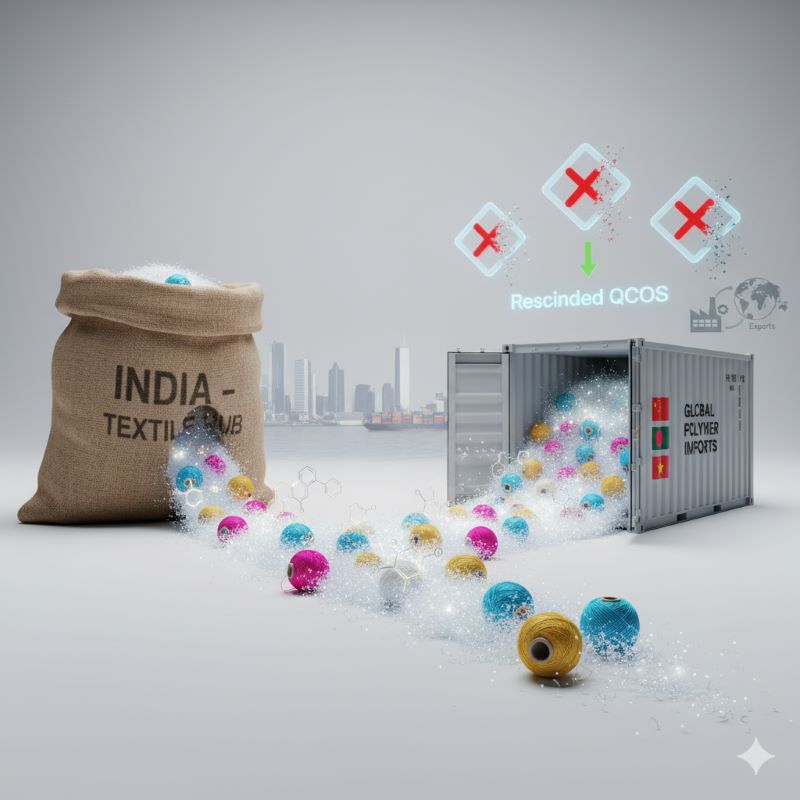
India's Man-Made Fiber (MMF) textile industry has been a crucial contributor to the nation's economic growth. However, the export scenario presents a complex picture, with recent trends showing a decline compared to previous years.
Shifting gears from cotton to MMF focus
Traditionally, India's textile exports has centered around cotton. However, recognizing the global shift towards MMF, the government implemented the Production Linked Incentive (PLI) Scheme for Textiles in 2021. This scheme, with an outlay of Rs 10,683 crore ($1.34 billion), aims to incentivize production of MMF fabrics, apparel, and technical textiles. This strategic shift reflects India's ambition to become a global leader in MMF textiles.
Policy initiatives
The government's efforts include schemes like:
Remission of Duties and Taxes on Exported Products (RoDTEP): This scheme aims to make Indian MMF textiles more competitive internationally by reducing export costs.
Production Linked Incentive (PLI) scheme for textiles: This scheme offers financial incentives for companies manufacturing MMF fabrics and apparel, boosting domestic production capacity.
While these policies hold promise, export figures for 2022-23 depict a decline of 15.3 per cent compared to the previous year. This could be attributed to factors like global economic slowdown which economy might have dampened demand for Indian MMF textiles. Also, increased competition as like Vietnam and Bangladesh are emerging as strong competitors in the MMF textile market.
However, the government's initiatives may pay off in the long run. The PLI scheme, coupled with the abolition of anti-dumping duties on key raw materials like PTA and viscose staple fibers, has lowered manufacturing costs. This, in turn, is expected to enhance India's competitiveness in the global MMF market. The ambitious target is to increase MMF textile exports to $11.4 billion by 2030, marking a significant jump from $6.5 billion in 2021-22. Interestingly, the demand for MMF fabrics continues to be strong within the export basket, constituting 39 per cemt of the total exports in Apr-Nov 2023.
Destination-wise dynamics
The US remains the top export destination for Indian MMF textiles, followed by Turkey and Bangladesh. However, even these markets witnessed a decline in imports during 2022-23. Here's a possible breakdown of reasons. The decline in US imports could be due to factors like rising inflation and shifting consumer preferences. Meanwhile, Turkey and Bangladesh might be increasingly focusing on domestic MMF production, potentially reducing their reliance on Indian imports. However, some bright spots have emerged. Sri Lanka's imports of Indian MMF fabrics have grown, indicating potential for market expansion in this region.
The bottomline is, Indian MMF textile industry possesses immense potential. By strategically addressing factors like global competition and continuously refining government policies, India can regain its export momentum. A focus on product diversification, technological advancements, and exploring new markets can further propel India's position as a global leader in MMF textiles.












